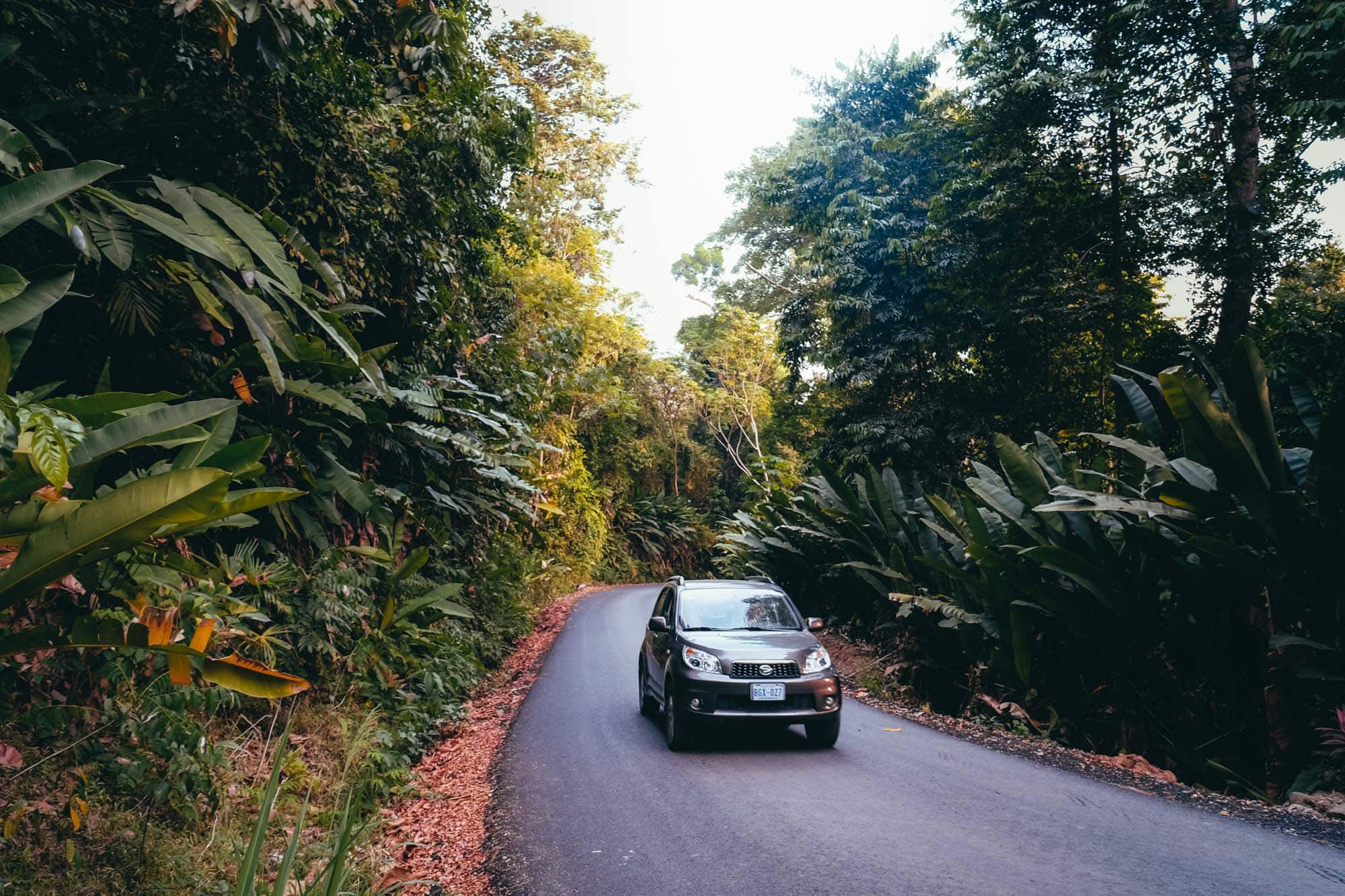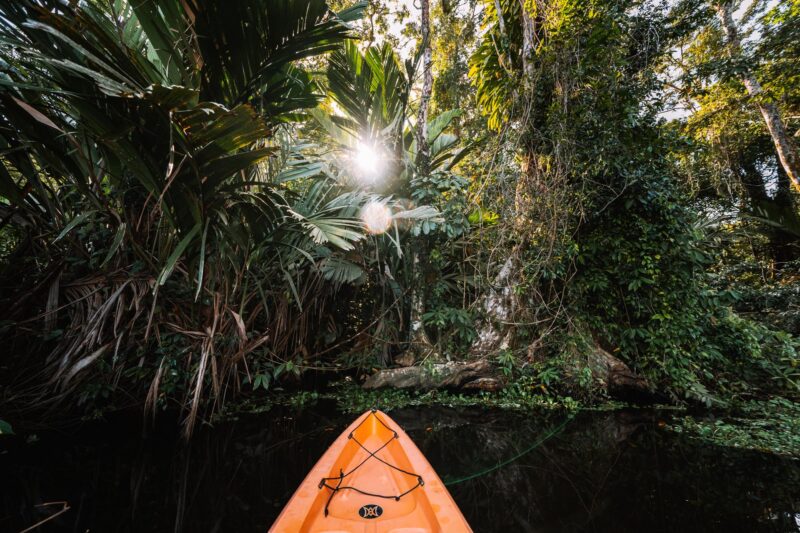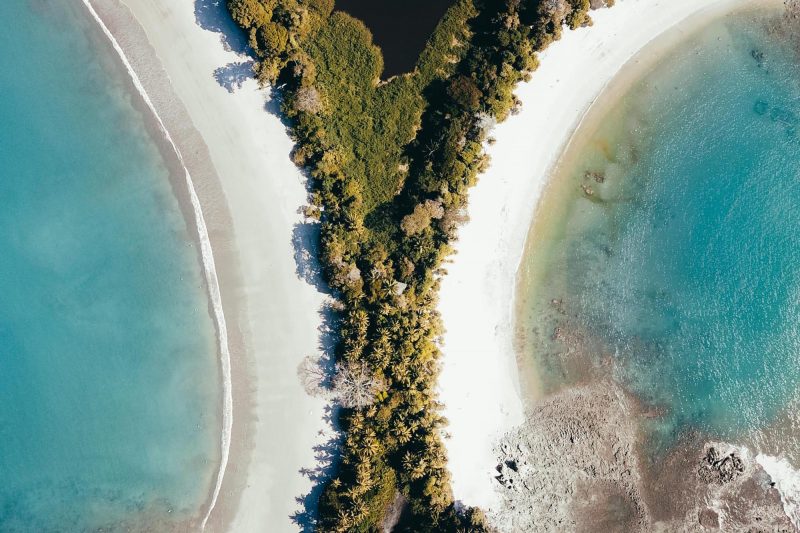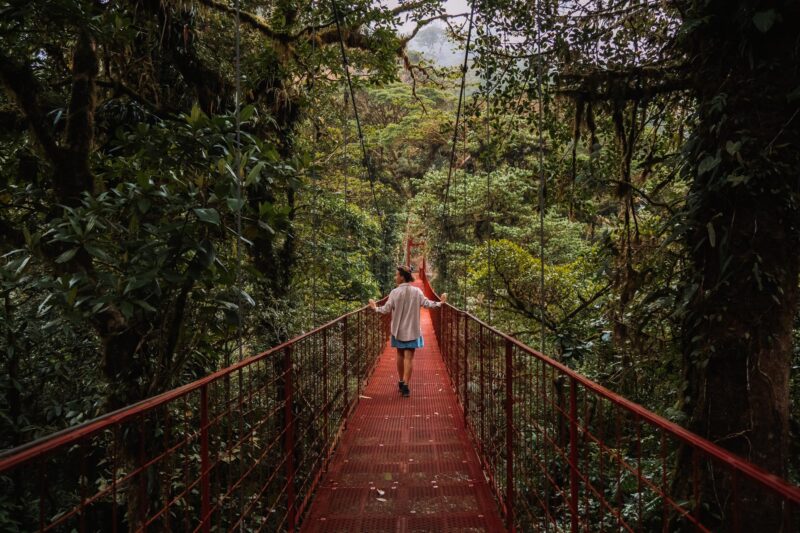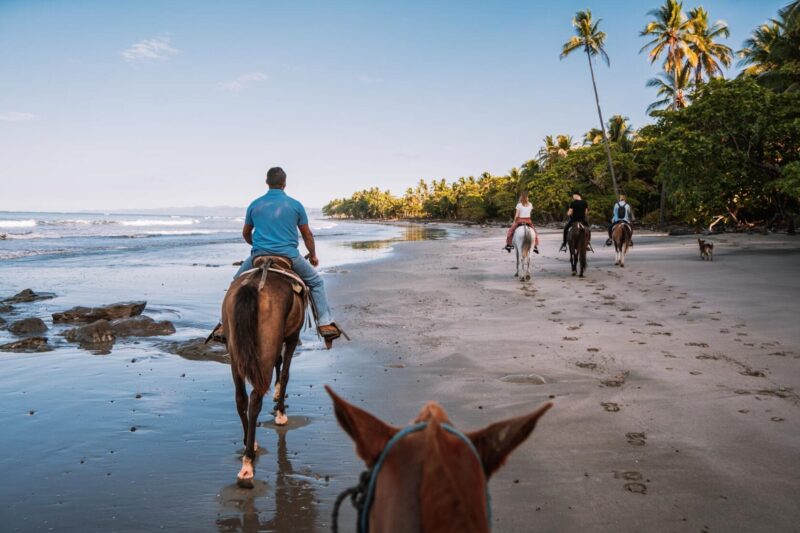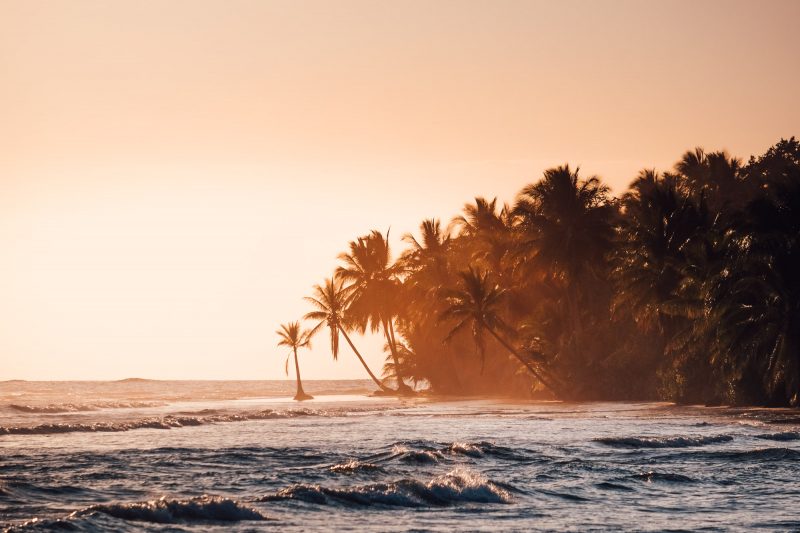Thinking about renting a car in Costa Rica? Great idea! Costa Rica is truly a country that’s perfect for an exciting road trip. It’s not too large, traffic is calm, and the routes are stunningly beautiful. While traveling by public transportation in Costa Rica is feasible, renting a car allows you to explore places that may be less accessible by bus. Plus, you can stop wherever you want along the way. A rental car gives you the freedom to go wherever you please, making your journey even more special. In this article, you’ll read about our experiences and tips for renting and driving a car in Costa Rica.
What Are the Roads Like in Costa Rica?
If you choose to travel through Costa Rica with a rental car, you’re probably curious about the condition of the roads there. In most areas, the roads in Costa Rica are relatively good. Highways are especially pleasant, and even paved roads through the mountains are often well-maintained. The condition of unpaved roads greatly depends on the season. During the rainy season between June and November, these roads can turn into large mud puddles with deep potholes.
While driving in Costa Rica, you should always watch out for animals on the road, such as iguanas and snakes. Nowhere else have we seen so many dead animals along the road. Additionally, be cautious of speed bumps. They might not always be indicated with warning signs and can be difficult to spot.

Is Renting a 4×4 Car Necessary in Costa Rica?
4×4 stands for four-wheel drive. With a 4×4 rental car, you can drive on nearly any terrain and won’t get stuck easily. You’ll have better visibility as you sit higher, your car’s underside will be less affected on bumpy roads, and the car can handle steep roads or potholes better. In a mountainous country like Costa Rica, a 4×4 rental car is indeed helpful and offers you more freedom.
If you plan to visit destinations like Monteverde, Drake Bay, or Santa Teresa during the rainy season (June to November), it’s advisable to rent a 4×4. The roads to these destinations might not always be paved, resulting in muddy and slippery conditions after heavy rain. A 4×4 car simply provides much better traction than a regular rental car, which is especially valuable when driving along cliffs. Even during the dry season, roads can be less accessible without a 4×4 due to heavy rain or significant potholes, but it’s more manageable. The type of rental car you need in Costa Rica depends on the places you intend to visit and the season. However, having a 4×4 car will certainly enhance your travel experience. At the end of this article, we provide more information about the cost of renting a 4×4 car in Costa Rica.


Is Driving in Costa Rica Safe?
Driving in Costa Rica is generally safe. Traffic is not rushed, and people drive quite normally. If you venture into the mountains, you might encounter steep cliffs, but as long as you remain calm, it won’t be a problem. Car break-ins can occur in Costa Rica, so it’s smart to keep your belongings out of sight. For instance, put your backpack in the trunk and cover it with the parcel shelf. When renting a car, always check the trunk space and whether a parcel shelf is present. In some parking lots, attendants expect a small tip when you leave. If you come across oncoming drivers flashing their headlights, they’re trying to warn you. This usually indicates a police speed check ahead or another hazard, such as an accident or a large obstacle on the road.

Traffic Rules in Costa Rica
In Costa Rica, they drive on the right side of the road, and traffic rules are almost identical to those you already know. The speed limit on highways is 80 or 100 km/h (50 or 62 mph), outside built-up areas it’s 60 km/h (37 mph), and within built-up areas it’s 40 km/h (25 mph). Near schools and hospitals, the speed limit is 25 km/h (15 mph). Speed limits are usually clearly marked. When you stop at a gas station, you won’t need to refuel yourself. In Costa Rica, attendants do it for you.
Additional Info and Tips for Renting a Car in Costa Rica
Here are some practical things to keep in mind when renting a car in Costa Rica.
Bring a Credit Card
Bring a credit card in the name of the primary driver. This is mandatory for the deposit, and a credit card in a different name won’t be accepted. You won’t be given the rental car if you can’t show a credit card in the name of the primary driver or if the card doesn’t have sufficient balance for the deposit. If you don’t have a credit card yet, we recommend this credit card.
Renting navigation for your car is unnecessary, as you can easily navigate with your phone. We suggest using Google Maps. To navigate offline, download the map of Costa Rica in advance. It’s convenient to pin your booked hotels and attractions in advance so that you have quick access to them. You can also find gas stations, restaurants, and ATMs offline using Google Maps.
Minimum Age for Renting a Car
The minimum age to rent a car in Costa Rica depends on the rental company. In most cases, it’s 21 years old, but some rental companies allow you to rent a car from the age of 18. Drivers under the age of 25 often have to pay a “young driver surcharge.” You’ll find this amount under the specific conditions section during the booking process.
International Driving License
An international driving license is not required in Costa Rica. Just ensure you have a valid driving license with you.
What does it cost to rent a car in Costa Rica?
It is likely that you would want to rent a car from San Jose Airport. When renting a car in Costa Rica, prices can vary depending on the season and how early you book. Booking a rental car through Rentalcars.com is highly recommended for Costa Rica. With a rental car, you always have a chance of damage and problems along the way, which is why it’s smart to book with a reliable party. At Rentalcars, you can always take out a Full Protection Insurance, you can change your booking for free and all conditions are clearly indicated. So you don’t have to worry about snags and if something goes wrong on your trip, everything is always reimbursed and taken care of. This is totally worth it as far as we are concerned, especially on holiday.
Note: Sometimes the local rental company will try to sell you extra insurances. These are absolutely unnecessary as everything is covered with Rentalcars’ Full Protection Insurance. So don’t be fooled because you are 100% covered, even your excess will be refunded in case of damage.
Price hikes due to shortage of cars: There is currently a huge shortage of rental cars worldwide. To survive the corona crisis, car rental companies have had to sell a large portion of their cars. Since demand is rising fast, there are not enough chips for new cars and prices are skyrocketing due to the shortage. As a result, many rental cars are double the price or even fully booked. It’s best to book as early as possible to be sure of a rental car that is still somewhat affordable. At Rentalcars.com, you can currently cancel or change your booking free of charge up to 48 hours in advance, so you are not stuck with anything but still be sure of a rental car.
